A couple of weeks ago we took a family trip out to California, during which we took in some Pittsburgh Pirates baseball (my son is a sportswriter and covered their games at San Francisco and Oakland, a bad week for the Buccos), visited my wife’s sister and her better half, drank some Irish coffee, ate some clam chowder out of bread bowls, and worked from 5:30 am to 2:30 pm (both of our jobs are on east coast time). But on Sunday we did my Civil War Day which is in my contract for family trips (sometimes it may only be a Civil War hour or minute, though). Not allowing myself to be limited once again to saying “Geary Boulevard is named after Civil War General (among many other things, some related to San Francisco) John White Geary,” we Ubered out to the San Francisco National Cemetery in what is now the Presidio National Park.
This park is a gem. All I can tell you is, if you’re in the City by the Bay, put it on your to do list. The best views in town are there. But the views are not what took me there. I was on a mission to find the saddest headstone related to our Civil War, that of U. S. Army Major General Irvin McDowell, who led the Union forces at the First Battle of Bull Run (among many other things, including being San Francisco’s Ron Swanson later in life). We found a few other cool things, and met a new friend as well.
First things first, the cemetery. Not too big, not too small, but just right, this place on a clear day is really spectacular.

Next, my target – the heartbreakingly sorrowful headstone of Major General Irvin McDowell. Simple, modest, understated. And a typo in marble. Near the entrance is a kiosk where you can enter the name of the person you’re looking for. I got this:
Easy peezy lemon squeezy! First row, first grave, in the Officers’ Section! That’s the oval section at lower right.
Sure, easy if you’re looking for the first grave in the first row. But that’s not where he is. So, we screen capped some images from FindAGrave showing what surrounding headstones look like and started our trek from the bottom of the section to the top – uphill, that is. This is San Francisco, after all. My wife found him, somewhere around the middle of the section.
While there I also sought out the final resting place of Union spy Pauline Cushman and learned that in order to search a name at the kiosk, you must enter the name on the headstone. Again, it was my wife Ann who found it.

I saw a marker and was drawn by the eagle-globe-anchor emblem advertising the United States Marine Corps. If you attended my recent presentation on The Marine Battalion at Fist Bull Run, you know that this emblem was approved in 1868 by USMC Commandant Brig. Gen. Jacob Zeilin, who was with the battalion on July 21, 1861.
Later that day I looked more closely at the image, I read the bottom of the inscription. A footnote, if you will.
“The remains of Private Harry Fisher are buried at McKeesport, Pennsylvania.”
Here’s what I found and posted to my Facebook and Instagram:
I took a photo of this marker, because of the cool emblem and the fact these Marines were killed in the Boxer Rebellion (commanded by Charlton Heston, I think). But I didn’t notice the “footnote” until bedtime. For those who don’t know, I was born and raised in McKeesport, PA. So I had to know more…
Turns out Harry Fisher is buried about a mile from our house there, and even closer to my parish and grade school. He’s buried under his real name, Franklin J. Phillips. Turns out Phillips was in the army in the Span-Am war, and “deserted” when denied leave to recover from malaria contracted there. He was discharged “without honor.” So he joined the USMC under a nom de guerre, Harry Fisher.
Fisher/Phillips was awarded the MOH for his actions at the Tartar Wall in defense of the Legations. Another Marine was awarded the MOH for his actions at the Tartar Wall. One of two he would receive. Fella named Dan Daly.
My jarhead brother informed me that the MOH in question is in the McKeesport Regional History and Heritage Center. Here’s a podcast clip about Phillips (sorry about the gun thing):
And here’s a photo from FindAGrave of his grave in the McKeesport and Versailles Cemetery, which I used to walk past on my way to and from school back in the 8th grade:
Just for giggles, here’s the trailer for the film to which I alluded above (that’s their version of the Tartar Wall):
Lastly, as we were leaving the park, we decided to stop by the Walt Disney Museum there. As my wife was tooling around the museum store (we didn’t have much time as we had to head to Oracle Park for the game where my son was working (probably the best situated press box in the MLB), I struck up a conversation with the store manager, John Ferris. Or should I say, BROTHER John Ferris, who is also a member of Gen. Alfred Pleasonton Camp #24 the Sons of Union Veterans of the Civil War (I’m a member of the Davis * Camp here in Pittsburgh). Brother John is also a reenactor and is active in organizations such as The Friends of Civil War Alcatraz.
It was great talking to you, Brother John. As my late father-in-law used to say, you never know what you can learn from just talking to someone!







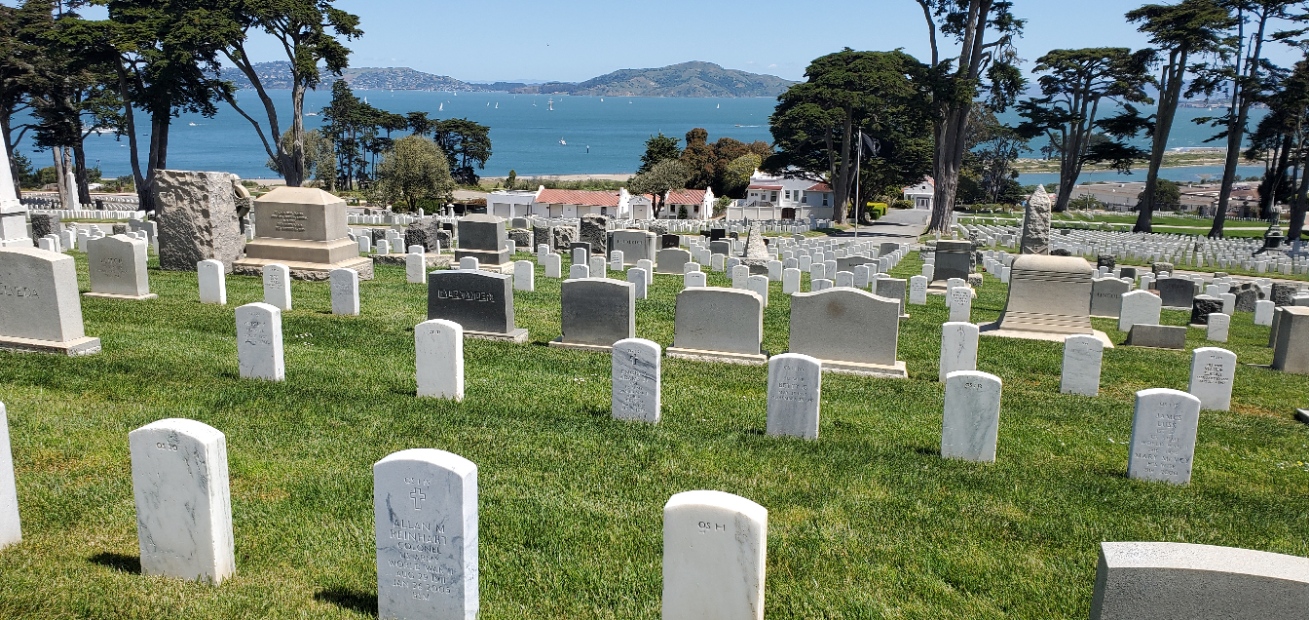














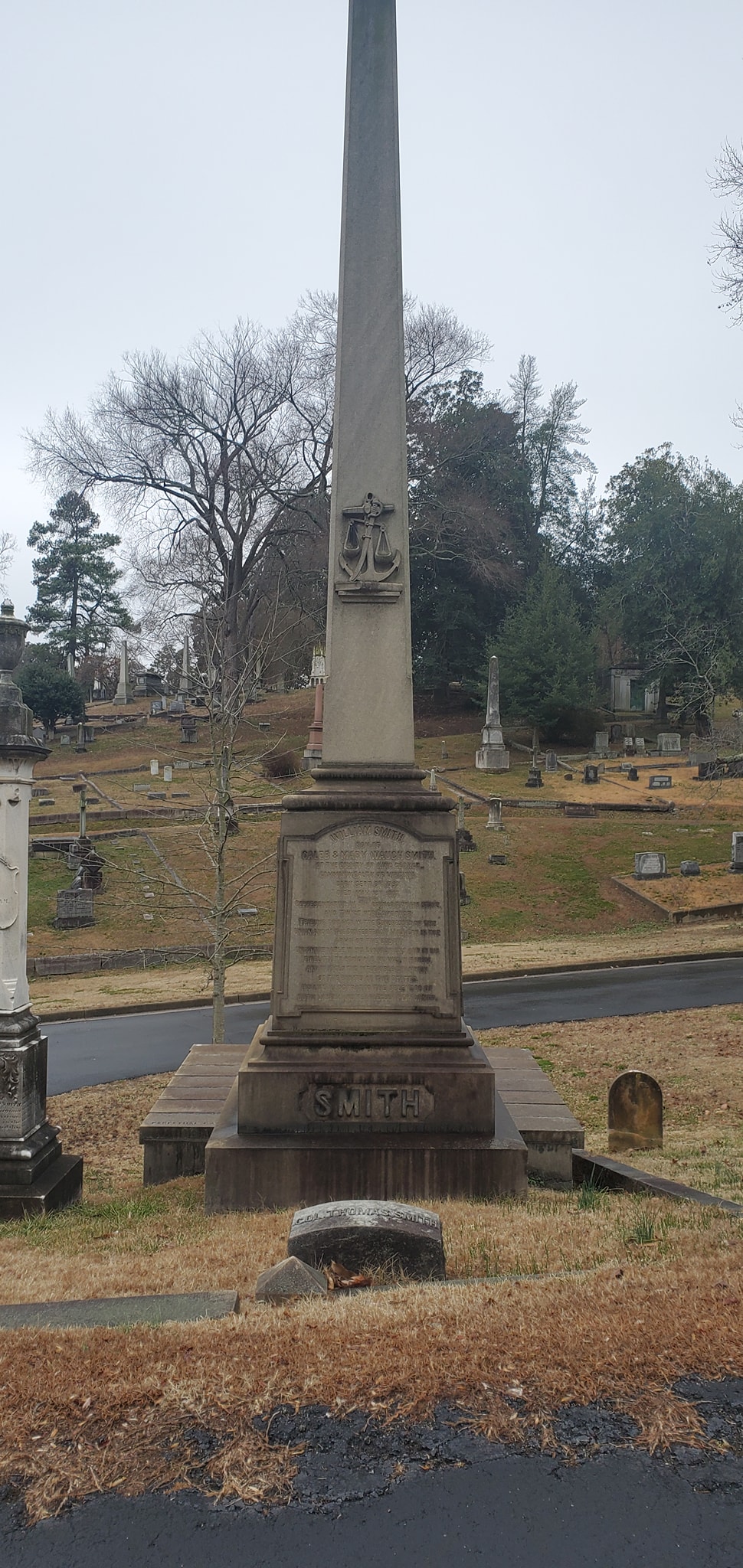

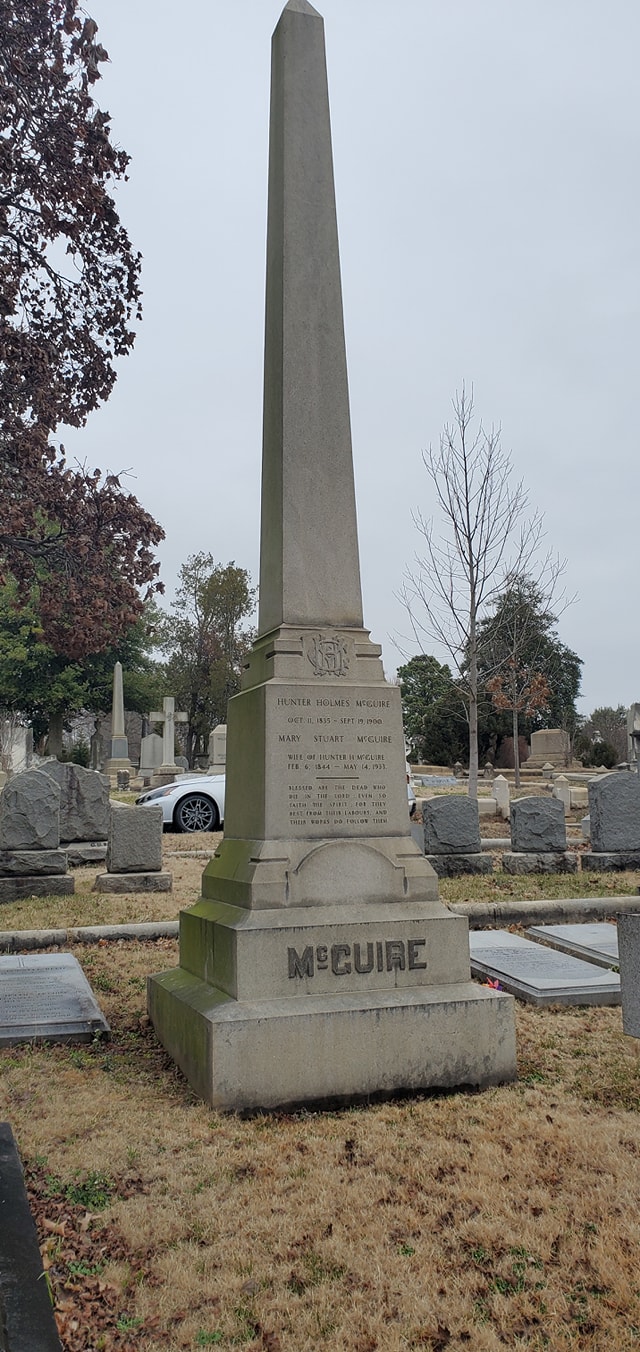


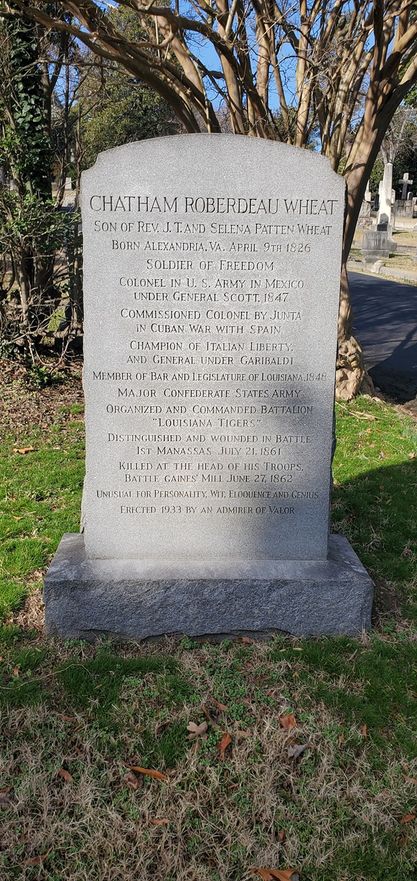





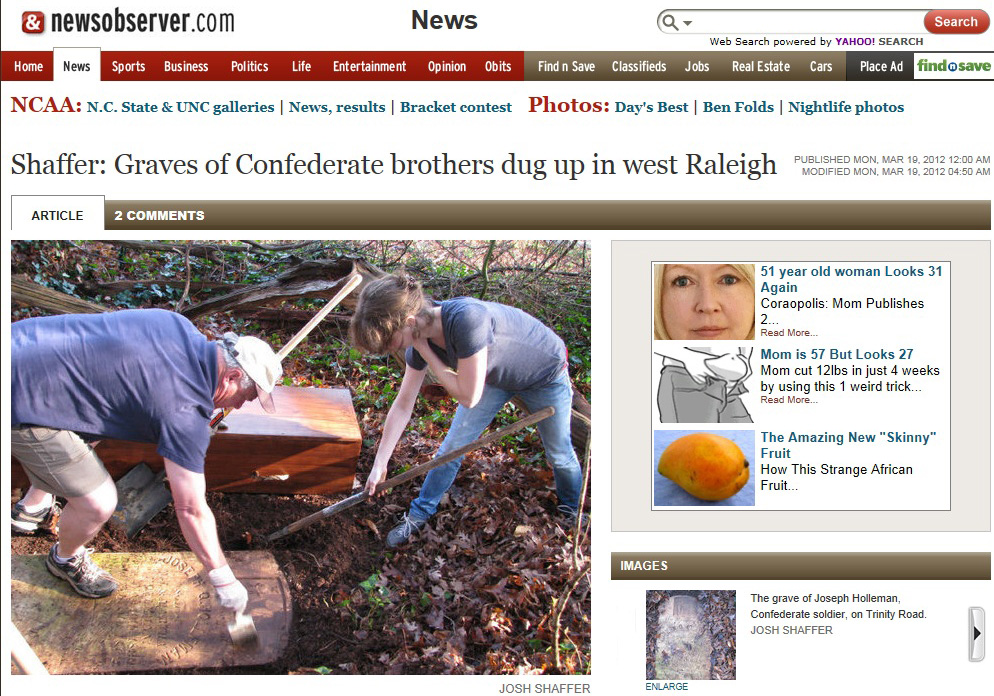

Recent Comments